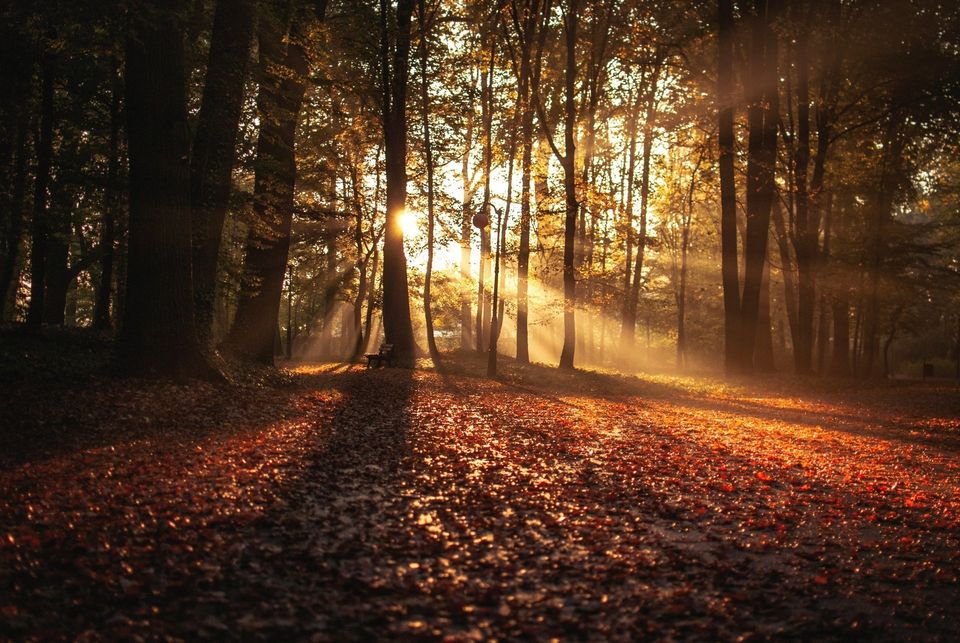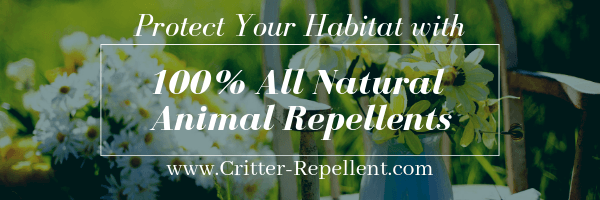What Autumn Means to Animals Around Your Home & Garden
The leafs change and so does animal behavior - be prepared!
As autumn approaches, many mammals, invertebrates, and amphibians are preparing for slumber through the winter that will follow shortly after. Some species that are common to find around your home and garden, such as the hedgehog, will go into hibernation. Others, such as frogs, will enter what is called a state of torpor, which is a state of decreased physiological activity. When in torpor, animals experience a reduced body temperature and metabolic rate.
Though there are some types of wildlife that we want to keep out of our yards in the spring and summer when our gardens are abundant and in bloom, in the autumn and winter, we can do quite the opposite. Gardeners can actively provide wildlife with somewhere cool and dry to rest undisturbed.
How to help animals get through the winter
If you want to help these animals get through the colder months, look no further. Here are some helpful suggestions to help you create a safe resting places for these animals in their state of slumber or torpor.
- If you have a pond, try to prevent it from freezing over by removing debris now, and floating a tennis ball on the surface. This will help prevent ice from sealing the pond, and will allow frogs to spend winter in the pond’s muddy depths. If the ice seals over, the frogs may get trapped and die from poisons caused by the gases from decaying plant material.
- If you have a wooded back yard, place bundles of twigs throughout the wooded areas or along borders. This will allow invertebrates and small mammals to find shelter.
- Remove leaves from walking paths and your lawn, but instead of placing them in a refuse bin, consider transferring them to a corner or beneath a hedge. This will allow hedgehogs and other animals to crawl in and take or shelter.
- If you have a compost heap on your property, know that many species from queen bumblebees to those adorable hedgehogs find compost heaps to be the perfect place to hibernate through the winter. If you keep your compost in a plastic bin with a lid, consider providing access for hibernators at the base of the bin, by elevating the bin on bricks. If your compost bin is open, cover it with a thick piece of old or remnant carpeting to keep the bin dry and insulated. Avoid the temptation to disturb the bin to check on animals between autumn and April. During this time, all species will be in their slumbering state, and you will not want to disturb them.
- Though birds don’t hibernate, if they are not making their way further south for the winter, they will require substantial energy to keep themselves warm on cold nights. Take some time to clear out nest boxes so that birds can take shelter in them on cold nights.
- Leave your potted planters in a sheltered spot as bees and other insects may wish to use them as a cool and dry place resting place.
At the end of the hibernation season, you can revert your compost containers to normal and can remove the nesting materials that you created to keep these animals comfortable over the previous several months. You can then work to create an animal-proof environment that will protect the hard work that you put into your garden each spring and summer.
Many gardeners find a happy medium in working to safely keep animals out of their yards during the planting and blooming season, but then providing a nice safe space for the rest of the year. With just a few adjustments, you can easily make the best of both worlds.
Critter Repellent All Natural Animal Repellent Blog














